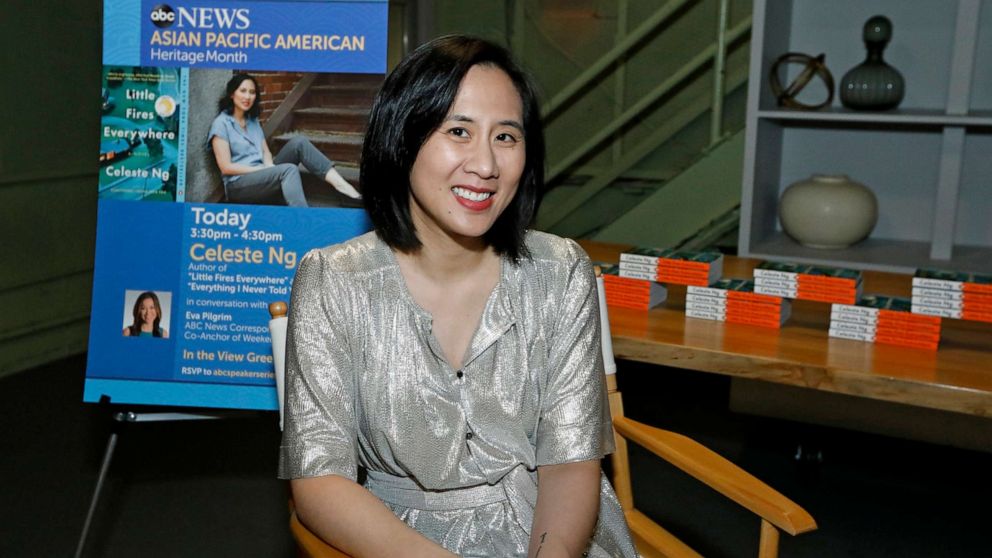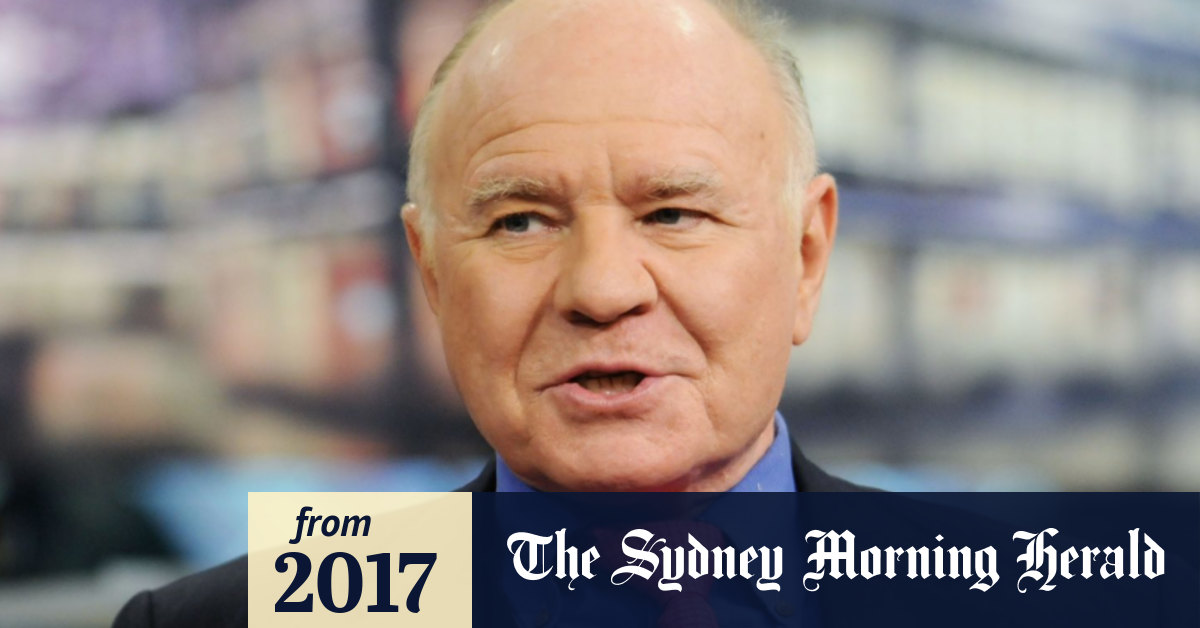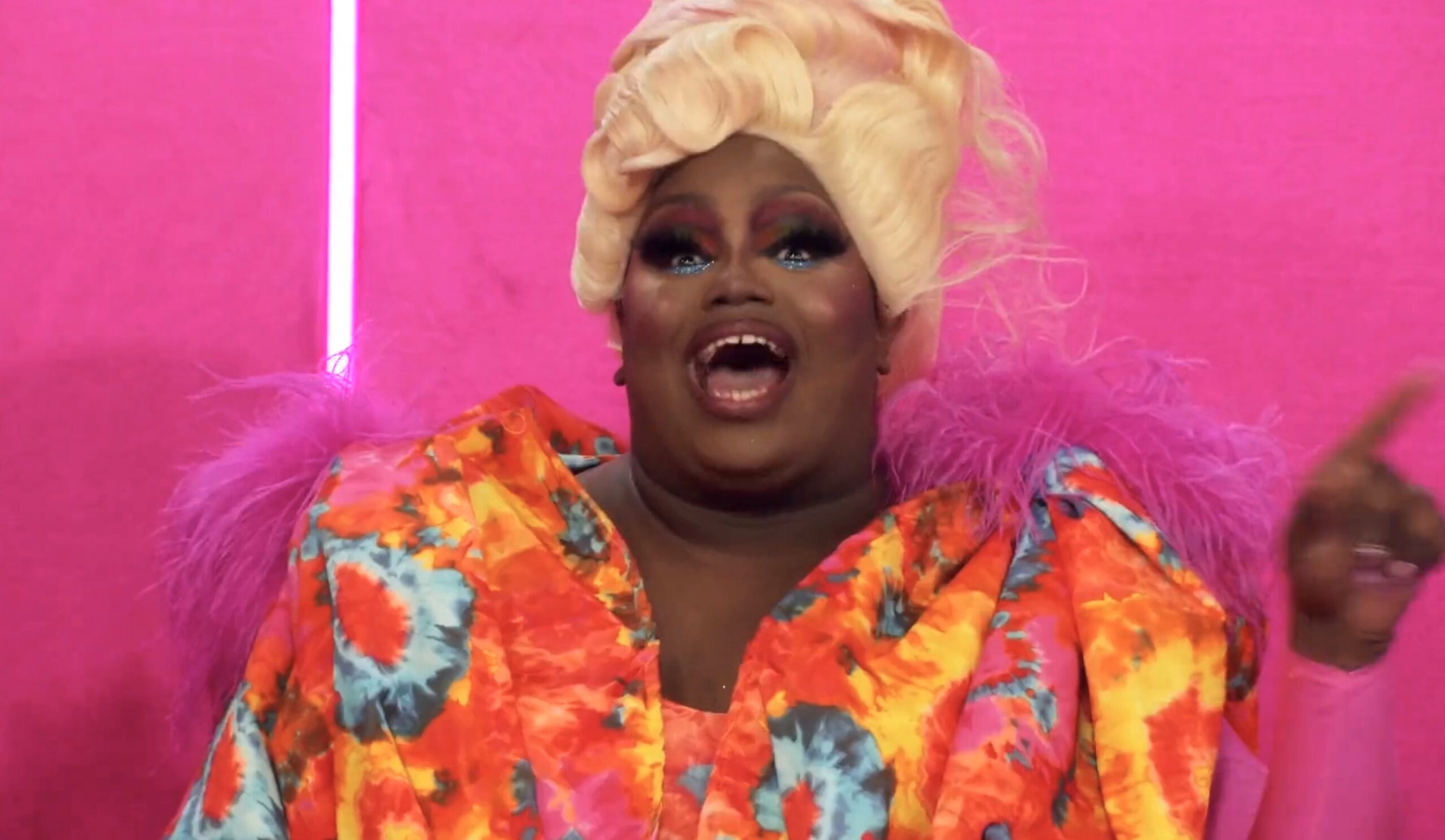Evolving Asian And Asian American Representation: A Call For Authentic Storytelling

Table of Contents
The History of Stereotypical Asian and Asian American Representation in Media
For decades, Asian and Asian American representation in media has been marred by harmful stereotypes. These stereotypes, often rooted in historical prejudices and xenophobia, have significantly impacted perceptions and opportunities within these communities.
-
Historical Stereotypes: From the insidious "dragon lady" and the sinister "Fu Manchu" to the perpetually submissive geisha, Hollywood and other media have perpetuated damaging tropes that reduce complex individuals to one-dimensional caricatures. These images reinforce harmful biases and limit the ways in which Asian and Asian American characters are perceived.
-
The Impact of Stereotypes: The consequences of these stereotypical portrayals are far-reaching. They can lead to prejudice, discrimination, and the internalization of negative self-images within Asian and Asian American communities. These stereotypes contribute to a lack of opportunities and perpetuate harmful misconceptions about culture and identity.
-
Hollywood's Role: Hollywood, in particular, bears a significant responsibility for perpetuating these stereotypes. The practice of "yellowface," where non-Asian actors portray Asian characters, further exemplifies the industry's historical disregard for authentic representation and the talent within Asian and Asian American communities.
-
The "Model Minority" Myth: The damaging "model minority" myth, which portrays Asian Americans as inherently successful and docile, masks the struggles and inequalities faced by many within the community. This simplistic narrative ignores the diversity of experiences and silences those who fall outside of this idealized image. It creates a harmful pressure and ignores the systematic barriers faced by many Asian Americans.
Progress and Positive Shifts in Asian and Asian American Representation
While the history of Asian and Asian American representation is fraught with negative portrayals, recent years have witnessed significant progress. More nuanced and authentic stories are emerging, challenging old stereotypes and offering a more complex and accurate portrayal of these communities.
-
Positive Portrayals: We're seeing a growing number of films and television shows featuring Asian and Asian American characters as fully realized individuals with multifaceted personalities, complex relationships, and relatable struggles. These narratives are increasingly driven by authentic voices and perspectives.
-
Rise of Asian and Asian American Creators: A crucial factor in this positive shift is the increasing number of Asian and Asian American creators behind the camera. Their involvement ensures that stories are told from within the community, fostering a deeper understanding and authenticity.
-
Social Media's Influence: Social media platforms have played a vital role in amplifying diverse voices and challenging harmful stereotypes. These platforms allow for direct engagement and the sharing of personal narratives, facilitating a more nuanced and inclusive conversation surrounding representation.
-
Successful Examples: The success of films and shows like Crazy Rich Asians, Everything Everywhere All at Once, and Pachinko demonstrate the growing appetite for authentic and diverse storytelling. These examples prove that narratives centering Asian and Asian American experiences can be both commercially successful and culturally significant.
The Importance of Intersectionality in Asian and Asian American Representation
It's crucial to recognize the diversity within Asian and Asian American communities. Intersectionality—the interconnected nature of social categorizations such as race, class, and gender—must be considered to ensure accurate representation.
-
Diversity Within the Community: The Asian and Asian American experience is not monolithic. There's incredible diversity in terms of nationality, ethnicity, religion, sexual orientation, gender identity, and ability. These differences must be acknowledged and reflected in media.
-
Marginalized Groups: Marginalized groups within the Asian and Asian American community, such as LGBTQ+ individuals, women, and people with disabilities, face unique challenges and deserve their own narratives. Their stories must not be overshadowed or ignored.
-
Intersectional Storytelling: Intersectional storytelling, which acknowledges and addresses multiple layers of identity, is essential for creating a truly inclusive and representative portrayal of Asian and Asian American experiences. This means actively featuring and celebrating these unique intersections in the media.
The Path Forward: Advocating for Authentic Storytelling
Moving forward, a concerted effort is needed to ensure authentic and responsible representation of Asian and Asian American communities.
-
Creators Behind the Camera: Increasing the number of Asian and Asian American creators behind the camera is paramount. Their perspectives and lived experiences are crucial in shaping accurate and nuanced narratives.
-
Collaborative Storytelling: Collaboration with community members during the development and production process is vital to ensuring cultural sensitivity and avoiding harmful stereotypes.
-
Cultural Sensitivity Training: Providing cultural sensitivity training to writers, directors, and actors involved in projects featuring Asian and Asian American characters is essential for combating unconscious bias and promoting responsible representation.
-
Diverse Casting Practices: Moving beyond tokenism and implementing truly diverse casting practices is critical in ensuring authentic and representative storytelling.
-
Audience Support: Audiences also have a role to play. By actively seeking out and supporting films and shows that authentically represent Asian and Asian American experiences, we send a clear message to the media industry.
Conclusion
The journey towards accurate and inclusive Asian and Asian American representation is ongoing. While significant progress has been made, much work remains to be done in dismantling harmful stereotypes and promoting authentic storytelling. The historical context of negative portrayals, the progress made towards positive representation, the crucial importance of intersectionality, and the continuing need to advocate for genuine and diverse portrayals are all key factors in this ongoing evolution. Let's continue to demand improved Asian and Asian American representation in all forms of media. Support authentic storytelling, celebrate diverse voices, and help shape a future of truly inclusive narratives. Let's ensure that the stories of Asian and Asian American communities are told accurately, respectfully, and with the nuance they deserve.

Featured Posts
-
 Analyzing Juan Sotos Improved Performance Following Michael Kays Comments
May 11, 2025
Analyzing Juan Sotos Improved Performance Following Michael Kays Comments
May 11, 2025 -
 How To Watch Celtics Vs Knicks Live Stream And Tv Channel Guide
May 11, 2025
How To Watch Celtics Vs Knicks Live Stream And Tv Channel Guide
May 11, 2025 -
 Advanced Techniques In Automated Visual Inspection Of Lyophilized Pharmaceutical Vials
May 11, 2025
Advanced Techniques In Automated Visual Inspection Of Lyophilized Pharmaceutical Vials
May 11, 2025 -
 Faber Faces Backlash Over Rejected Coa Volunteer Honours
May 11, 2025
Faber Faces Backlash Over Rejected Coa Volunteer Honours
May 11, 2025 -
 Ru Pauls Drag Race S17 E13 Drag Baby Mamas Preview Family Drama
May 11, 2025
Ru Pauls Drag Race S17 E13 Drag Baby Mamas Preview Family Drama
May 11, 2025
